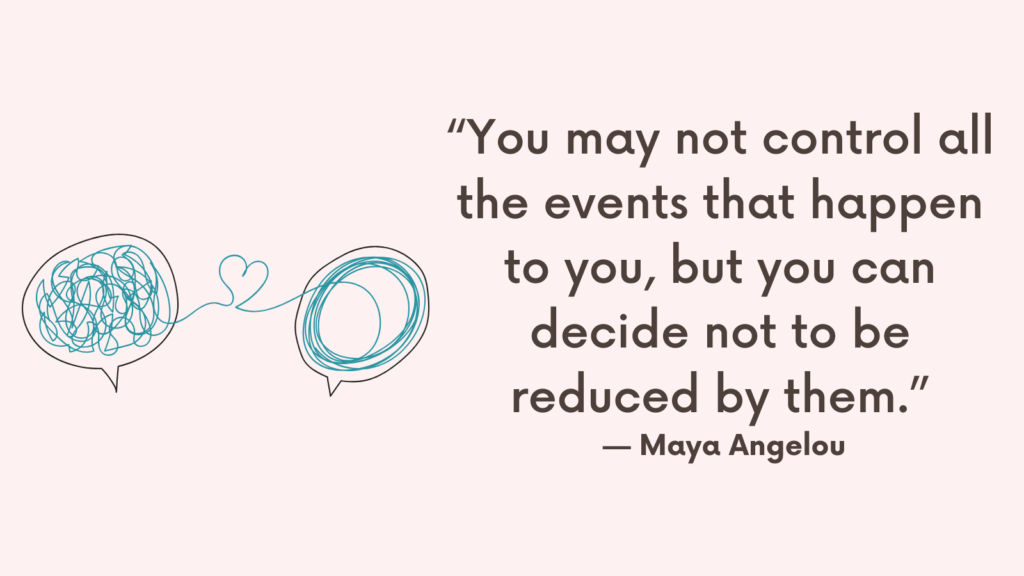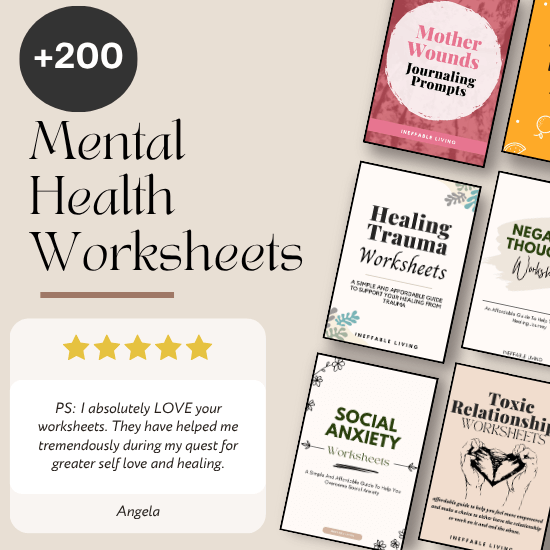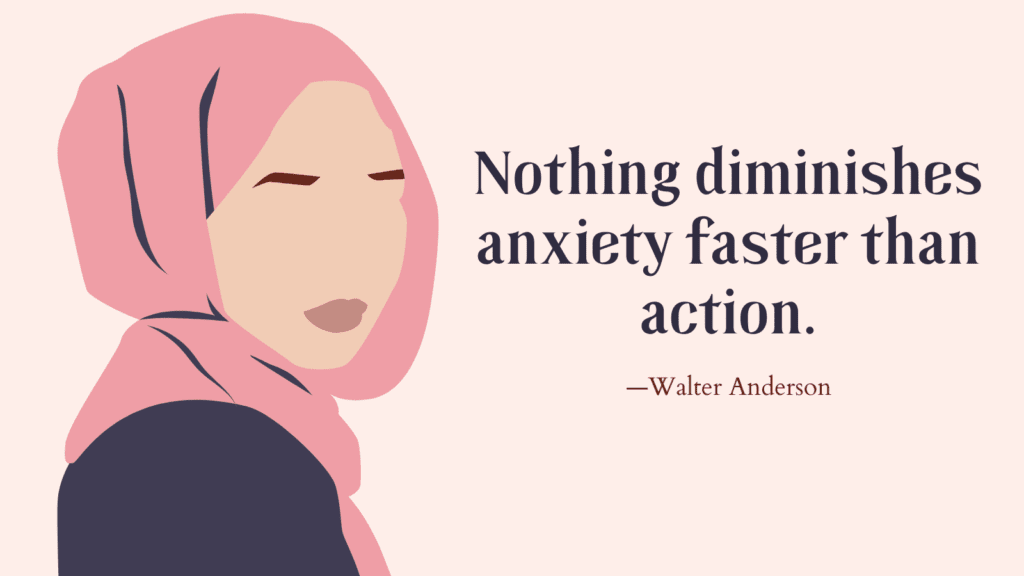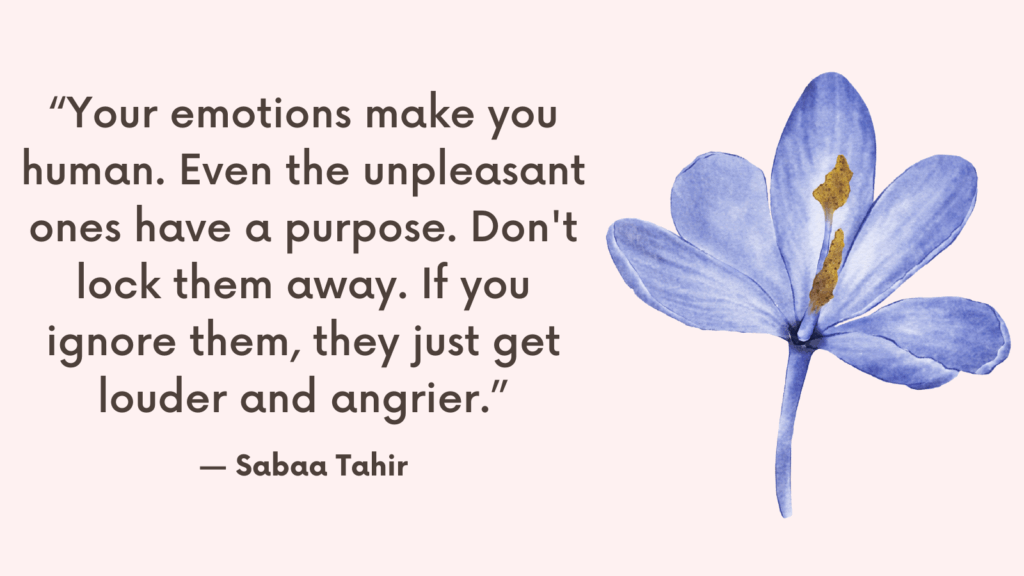Awkward silences can feel like social failure — but they’re actually a normal part of human interaction. Everyone experiences them, and they don’t mean you’re boring, weird, or doing something wrong. The key is learning to stay grounded, resist panic, and use silence as an opportunity instead of a threat.
How to Navigate Awkward Silences With Confidence?
1. Reframe the Silence
Instead of thinking, “This is awkward,” try:
- “Pauses happen — it doesn’t mean something’s wrong.”
- “This is just a beat in the conversation, not the end of it.”
This helps you stay calm and avoid spiraling into self-doubt.
2. Breathe and Stay Present
Silences feel longer when you’re anxious. Take a slow breath. Feel your feet on the floor. Relax your shoulders. A few seconds of quiet is not a crisis — it’s just space.
3. Resist the Urge to Fill It With Noise
Avoid blurting out something random or self-deprecating just to “fix” the moment. Silence doesn’t need to be filled — it just needs to be accepted with confidence. Stillness can be powerful.
4. Use the Pause to Pivot
Gently restart or redirect the conversation:
- “That made me think of something — have you ever…?”
- “I’d love to hear more about what you said earlier.”
- “This might be random, but I’m curious — what’s your take on…?”
Related: 30 Day Social Anxiety Challenge That Will Help You Feel More Confident
5. Ask a Light, Open-Ended Question
Keep a few go-to questions in mind to bridge awkward pauses:
- “What’s something you’re into right now?”
- “What’s your ideal way to spend a weekend?”
- “Have you seen anything interesting lately?”
Questions show interest and naturally restart the flow.
6. Laugh It Off
If the silence lingers, you can call it out in a light-hearted way:
- “Well, we hit that classic silence — always happens!”
- “I guess we’re both absorbing the last topic.”
This shows social ease and breaks the tension.
7. Make Peace With Not Always Being ‘On’
Conversations ebb and flow. You’re not responsible for keeping things constantly entertaining or flowing. It’s okay to have pauses — they often mean both people are thinking, reflecting, or simply catching their breath.
8. Practice in Low-Stakes Settings
If awkward silences make you panic, practice embracing them in casual, low-pressure conversations. The more you experience them without reacting, the more your brain learns: “This isn’t dangerous.”
Related: Best 10 Books For Social Anxiety
9. Focus on Connection, Not Performance
You’re not on stage. You’re in a conversation. Silence doesn’t mean failure — it often means people are feeling safe enough not to perform. Embrace the humanity of it.
10. Remember: Confidence Is Quiet
People who can sit in silence without scrambling to fix it appear calm, grounded, and confident. The silence isn’t awkward — your discomfort with it is. Let yourself lean in, not run away.
Related: Best 17 Journal Prompts For Social Anxiety
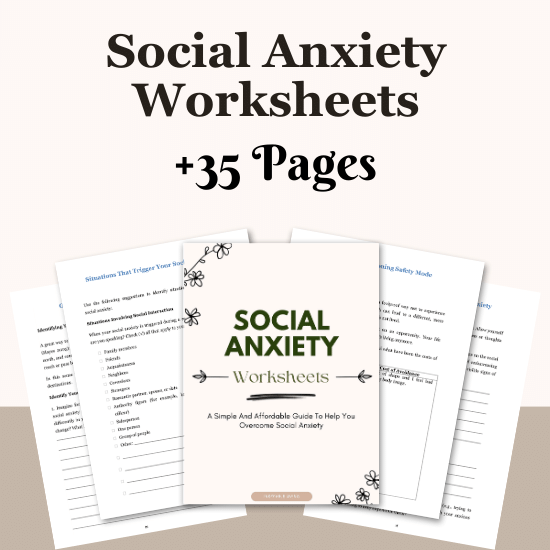
Conclusion
With practice, awkward silences become less of a social threat and more of a moment of breath — one you can move through with curiosity, humor, and grace.
